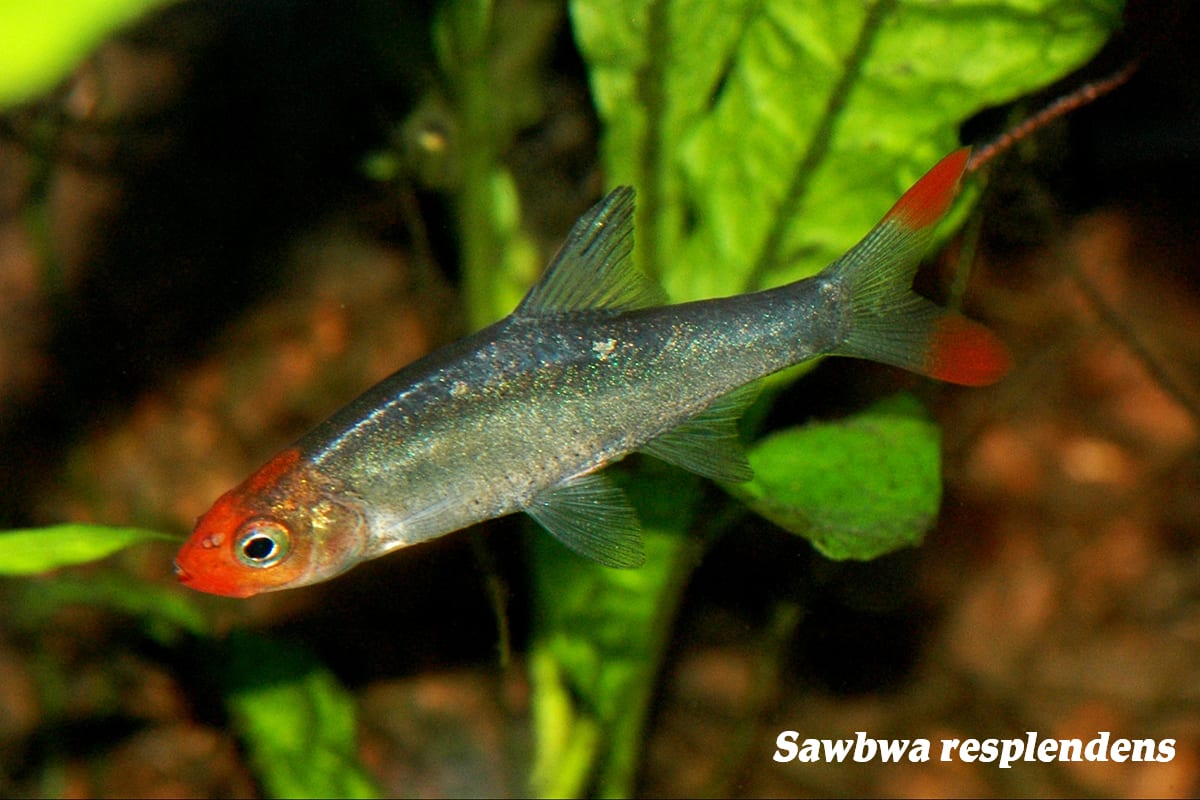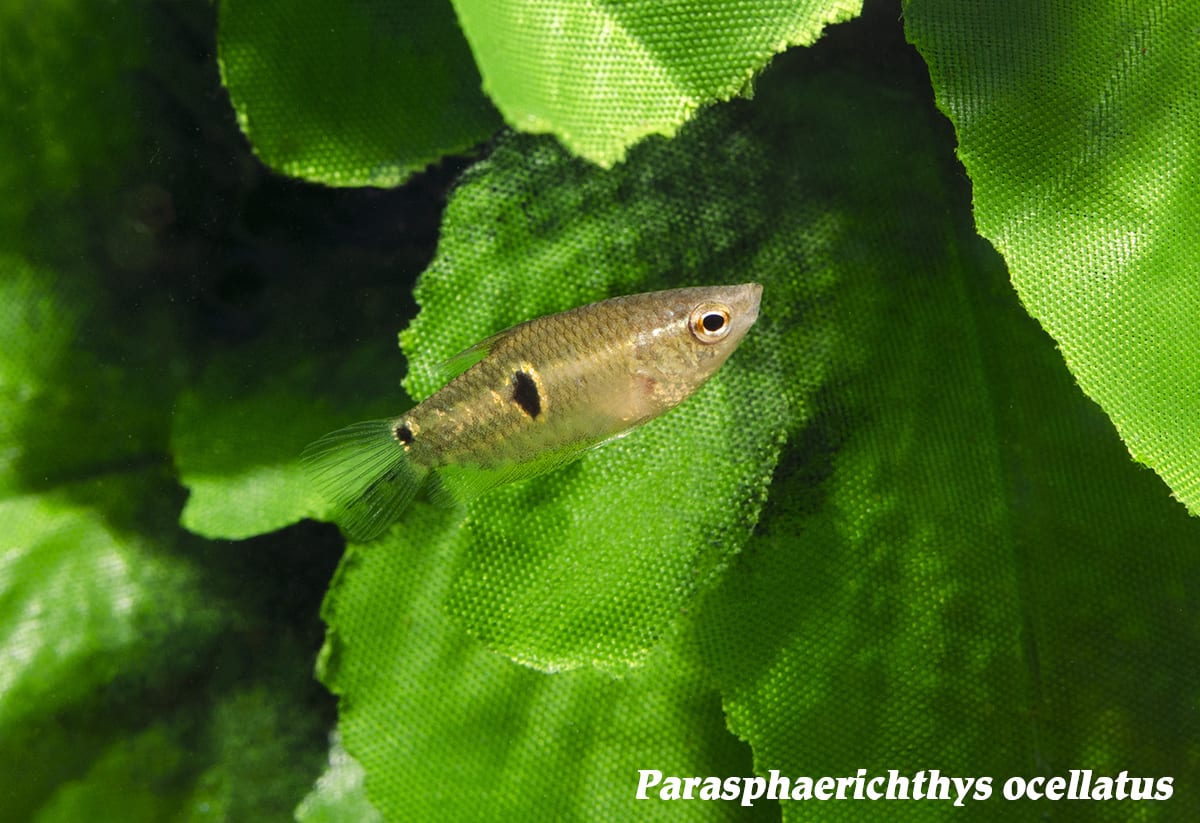The Road to Resilience
The Road to Resilience
Resilience is a term used to describe the ability of an ecosystem to “bounce back” from perterbance. Perterbances can include extreme weather conditions like flooding and wildfire, but in the microsecond of our time in the cosmos, humans have become the major strain. This is particularly evident in some parts of the world where disturbances like exploitation of natural resources, pollution, and the introduction of non-native species have crossed a threshold causing regime shifts.
While we, in much of the “developed world” hang our heads in shame, other parts of the world are hot on our heels. Of course, it’s tempting to cry out “STOP!”, but we may as well choke on the warning if we aren’t considering the goals of the people who rely on threatened resources. Take Southeast Asia as an example: 300 million people rely on the resources the Mekong provides, but the vested interests of powerful people in the region are compromising the health and resilience of this major river. So, what do we do? Throw support behind organizations who are equipped to affect real change. This week, in support of Earthrights International’s work in Southeast Asia, we’ll look at a few more of our favorite fish from the region, because, hey!, they rely on those resources too! These include: Crossocheilus reticulatus, Sawbwa resplendens,and Parasphaerichthys ocellatus.
Scientific NameCrossocheilus reticulatus
Common NameReticulated Siamese Algae Eater
Temperature / pH70 to 76°F / 6.0 to 7.5 pH
Native LocationMekong basin
Preferred DietAlgae
Found throughout the Mekong basin in Thailand, Cambodia, Laos, Vietnam, and southern China, C. reticulatus thrives in shallow, clear streams with lots of sunlight. Known more commonly as “Reticulated Siamese Algae Eaters”, or “Reticulated Flying Foxes”, they reach a maximum of 5 inches in length and exhibit pointed noses tipped with sensitive bristles, and a fishnet-like pattern on the sides of their silver bodies. These biofilm grazers are found among the rocks and pebbles of the natural environment, and do best in river biotope aquascapes with gravel substrate, variable-sized water-worn rocks, driftwood branches, some flow from powerheads and airstones, and high light to encourage algal growth. They may also be kept with hardy, thick- leaved plants like Anubias or Bolbitis spp. Intolerant to accumulation of waste, they require decent filtration and frequent water changes. Extremely effective algal grazers (they eradicate blackbeard algae!), these fish shouldn’t be expected to subsist on tank biofilm alone, and diets can be supplemented with vegetal products like spirulina, shelled peas, and blanched spinach. A shoaling species by nature, they will form social structures in groups of 6 or more. Peaceful in temperament, these mustached cyprinids can be kept alongside other peaceful river and stream dwellers from Southeast Asia. Tank waters are best maintained with temperatures between 70 and 76°F, pH of 6.0 to 7.5, and hardness around 18 to 215 ppm.
Scientific NameSawbwa resplendens
Common NameRummynose Rasbora
Temperature / pH70 to 76°F / 7.0 to 8.0 pH
Native LocationMyanmar
Preferred DietSmall invertebrates
Listed as “Endangered” on IUCN red list, our S. resplendens are rare, tank-raised beauties. Endemic to Inle, an isolated mountain lake in Myanmar, these “Rummynose Rasboras” reach 1.5 inches in length and exhibit light silver bodies with pink faces, and red-tipped caudal fins. Found mostly in vegetated margins of the lake, tanks should be heavily plants to break up lines of sight. Suitable species would be tall and tendril-like including vals, some crypts, and swords. Tank furnishings should also include driftwood branches, rockwork, and caves to provide hideouts. These rasboras are generally peaceful, and are suitable for most community tanks. They are a blast to watch as they work out their dominance hierarchies. Feeding predominantly on zooplankton in nature, in captivity they require small, live and frozen fare on a regular basis, supplemented by small, meaty dried products. Tank waters should be kept with temperatures around 70 to 76°F, pH between 7.0 and 8.0, and hardness of 90 to 268 ppm.
Scientific NameParasphaerichthys ocellatus
Common NameMini Chocolate Gourami
Temperature / pH70 to 76°F / 6.5 to 7.0 pH
Native LocationMyanmar
Preferred DietSmall invertebrates
An extremely rare find in the hobby, P. ocellatus is known only to northern Myanmar where they seem to prefer slow, standing waters with submerged vegetation. This beautiful “Mini Chocolate Gourami” reaches just over 1 inch in length and exhibits the usual Gourami body type: pointed noses, laterally flattened bodies, spiny fins, and long pectoral fins. These are brown in coloration with 2 dark spots. In captivity these Gouramis do best with soft substrate, dense vegetation, floating plants, driftwood branches, and leaf litter. Generally slow moving like their water, they can be poor competitors for food, and are not suitable for most community aquaria, though they can be kept alongside diminutive Rasboras, Danios, and Loaches. Gregarious by nature, these Gouramis should be kept in groups of 6 or more. Another zooplankton consumer, they are pretty picky in aquaria and should be fed mostly live and frozen foods, and will have to be trained to accept small, dried products over time. Tank waters should be maintained with temperatures of 70 to 76°F, pH around 6.5 to 7.0, and hardness between 90 and 179 ppm.
Tropical aquarists have a unique opportunity to appreciate beauty from remote regions of the world. We understand what a precious resource our freshwater habitats are, and know, better than most, that they need to be fought for. Learn more about Earthrights International Southeast Asia, and help them raise the voices of small communities concerned with climate justice.


